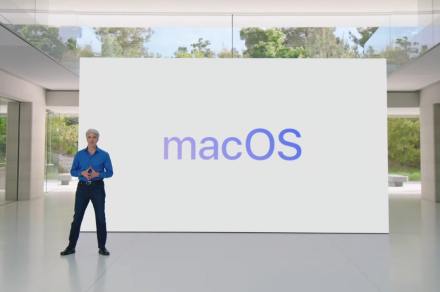Public, Private, and Hybrid Cloud: What's the Difference?
Public Cloud: Using a public cloud is similar to driving on a well-kept public road. Third-party providers such as AWS, Microsoft Azure, or Google Cloud host this common infrastructure. Advantages: No initial hardware expenses, Easy to scale and quickly set up, Pay-per-use pricing Drawbacks: Less control over infrastructure, Sensitive data security issues could arise from shared resources. Private Cloud: A private cloud is specialised infrastructure that is utilised only by one company. It may be housed in a data centre or on-site. Advantages: Total command and personalisation, improved compliance and security, Perfect for older systems Cons: Expensive setup and upkeep expenses, reduced scalability Hybrid Cloud: Data and apps can flow across public and private cloud environments thanks to a hybrid cloud. Advantages: Adaptability to maximise workloads, Economical scalability, uses the public cloud for less important jobs and private servers for sensitive data. Cons: Difficult to integrate and manage demands, effective security and governance measures.

Public Cloud:
Using a public cloud is similar to driving on a well-kept public road. Third-party providers such as AWS, Microsoft Azure, or Google Cloud host this common infrastructure.
- Advantages: No initial hardware expenses, Easy to scale and quickly set up, Pay-per-use pricing
- Drawbacks: Less control over infrastructure, Sensitive data security issues could arise from shared resources.
Private Cloud:
A private cloud is specialised infrastructure that is utilised only by one company. It may be housed in a data centre or on-site.
- Advantages: Total command and personalisation, improved compliance and security, Perfect for older systems
- Cons: Expensive setup and upkeep expenses, reduced scalability
Hybrid Cloud:
Data and apps can flow across public and private cloud environments thanks to a hybrid cloud.
- Advantages: Adaptability to maximise workloads, Economical scalability, uses the public cloud for less important jobs and private servers for sensitive data.
- Cons: Difficult to integrate and manage demands, effective security and governance measures.






































































































































































![[The AI Show Episode 145]: OpenAI Releases o3 and o4-mini, AI Is Causing “Quiet Layoffs,” Executive Order on Youth AI Education & GPT-4o’s Controversial Update](https://www.marketingaiinstitute.com/hubfs/ep%20145%20cover.png)




























































































































![Ditching a Microsoft Job to Enter Startup Purgatory with Lonewolf Engineer Sam Crombie [Podcast #171]](https://cdn.hashnode.com/res/hashnode/image/upload/v1746753508177/0cd57f66-fdb0-4972-b285-1443a7db39fc.png?#)








































































































.png?#)
.jpeg?#)







.png?width=1920&height=1920&fit=bounds&quality=70&format=jpg&auto=webp#)




















_designer491_Alamy.jpg?width=1280&auto=webp&quality=80&disable=upscale#)














































































































![Apple Shares New 'Mac to School' Ads: Pointed, Mirrored, Dropped In [Video]](https://www.iclarified.com/images/news/97295/97295/97295-640.jpg)
![Apple Drops New Trailer for 'F1' Starring Brad Pitt [Video]](https://www.iclarified.com/images/news/97296/97296/97296-640.jpg)
![Apple iPhone Exports From India Surge 116% [Report]](https://www.iclarified.com/images/news/97292/97292/97292-640.jpg)
![Apple Shares 'Last Scene' Short Film Shot on iPhone 16 Pro [Video]](https://www.iclarified.com/images/news/97289/97289/97289-640.jpg)




































































































